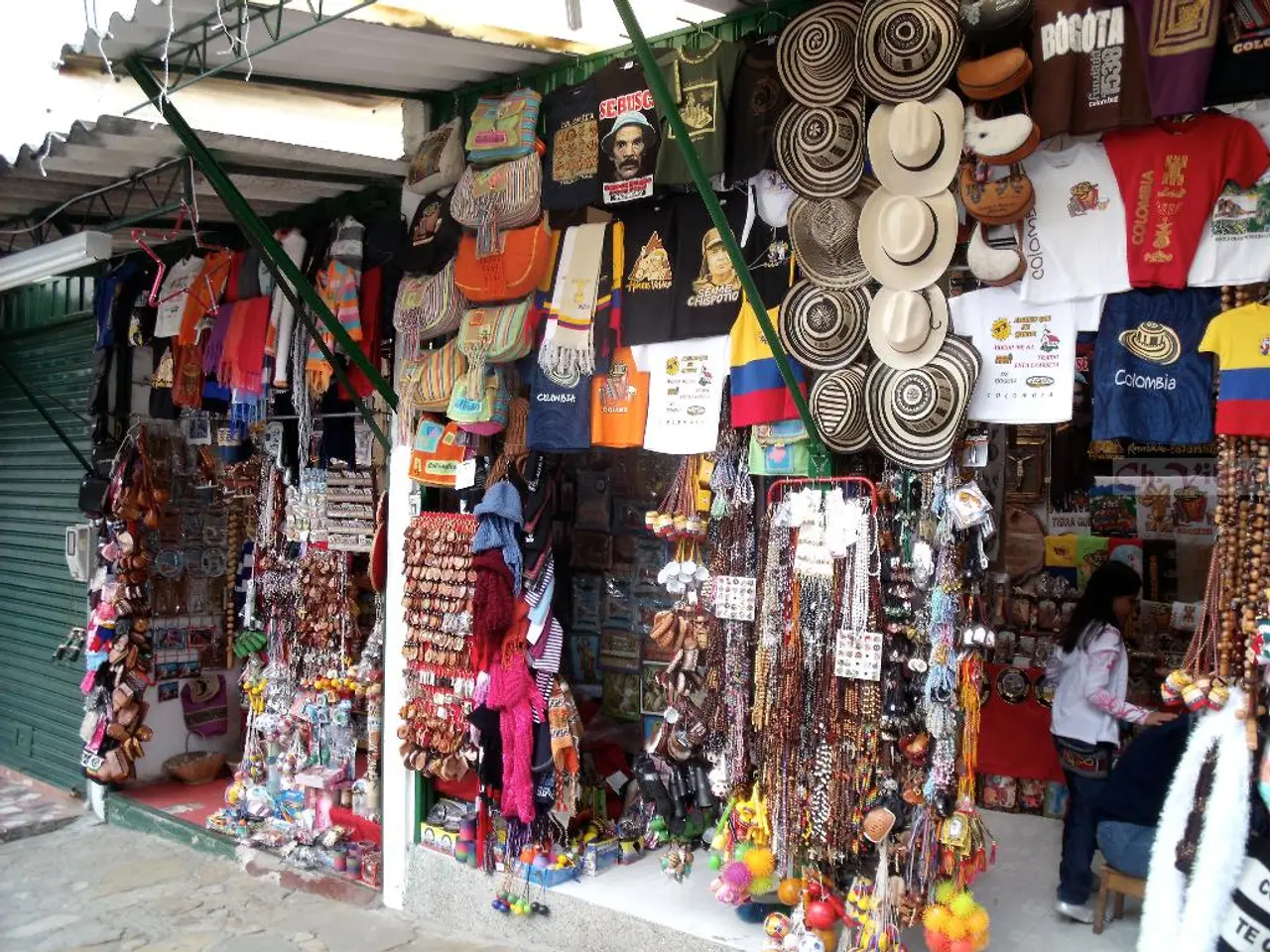Ways to Minimize Clothing and Online Shopping Expenses in the Year 2025
In the midst of trade wars, especially those affecting clothing imports, finding affordable fashion can be a challenge. However, with a strategic approach and some savvy shopping techniques, you can still snag great deals on clothes both online and offline.
- Embrace Digital Shopping Tools
Utilize price comparison sites, coupon apps, and budgeting tools like Capital One Shopping or Fetch Rewards to identify and capture discounts on clothing while shopping online. Signing up for store loyalty programs and using rewards credit cards can also provide additional savings and benefits during purchases.
- Choose Domestically Produced or Near-Shored Goods
Trade wars often trigger tariffs, particularly on imported clothing, such as those from China. To avoid such costs, many companies have shifted to sourcing apparel from the Western Hemisphere or domestically. Shopping for clothing that is produced locally or near-shored can help avoid tariff-driven price hikes and could be cheaper or of better value over the long term.
- Buy Ahead of Tariff Increases
If you anticipate tariff hikes, buy essential clothing items ahead of time to lock in lower prices, as price increases often follow tariff implementation. Retailers themselves have been accumulating inventory to get ahead of tariffs, sometimes leading to clearance or discounted sales to offload excess stock.
- Explore Secondhand Markets
Secondhand stores, thrift shops, and online resale platforms can offer bargains unaffected directly by tariffs. Purchasing gently used clothing not only provides savings but can also be a way to flip or resell items for profit due to retail price increases caused by tariffs.
- Leverage Timing and Inventory Strategies
Retailers sometimes accelerate shipping or pile up inventory as strategies to mitigate tariffs, which can create waves of sales and potential deals. Watching for sales tied to these inventory strategies (e.g., seasonal clearance sales) can help you snag bargains online or in-store.
In addition to these strategies, consider shopping out of season to find off-season clothing on clearance racks at reduced prices. Hosting a clothing-swap party with friends and family can also be a money-saving idea. Tools like CamelCamelCamel can help Amazon.com shoppers track fast-changing prices and get alerts when the price drops on an item they're tracking.
Brick-and-mortar stores like Costco Wholesale and Sam's Club offer bargain prices on brand-name clothes and shoes, including activewear. Online consignment stores such as The RealReal, Poshmark, and ThredUp offer high-quality, gently used clothing at steep discounts. For instance, a pair of Tory Burch women's heels sold for $34, compared with a standard price of $68, on ThredUp.
The right credit card can provide rewards, shipping upgrades, and savings for online shopping. The top credit card picks for online shopping, powered by Bankrate, are available on Kiplinger Personal Finance Magazine's website.
As the Trump administration has implemented tariffs on imported goods, including clothing from China, staying informed and strategic in your shopping choices can help you save money and find great deals during a trade war.
- To explore alternative markets for affordable fashion without tariff impacts, consider shopping at secondhand stores, thrift shops, and online resale platforms.
- To get ahead of potential tariff-driven price hikes, buy essential clothing items before any predicted tariff increases.
- By utilizing inventory strategies, be on the lookout for sales tied to retailers accelerating shipping or having excessive inventory as ways to mitigate tariffs and find bargain deals. Additionally, consider shopping out-of-season for reduced prices, or hosting a clothing-swap party with friends and family to save money and recycle existing items.




